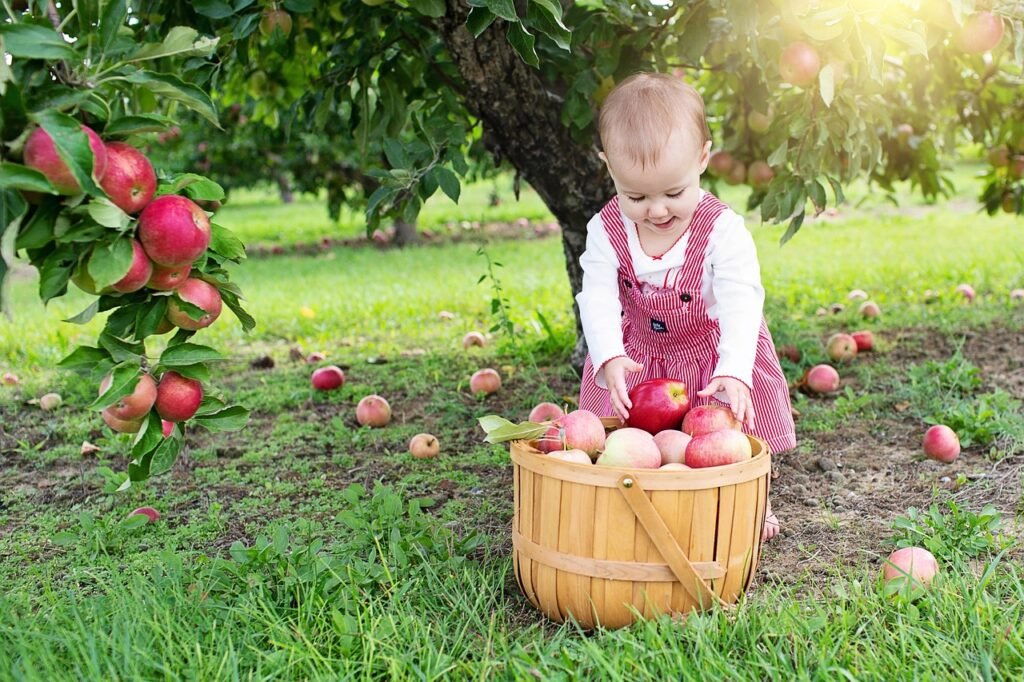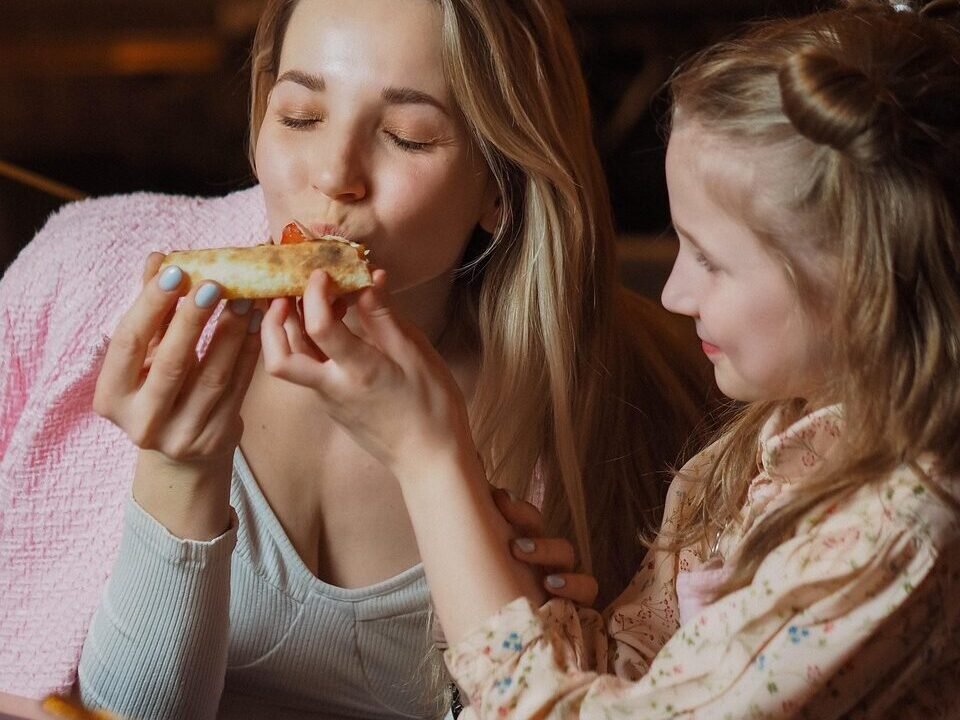There’s something magical about watching your child’s eyes light up when they realize it’s time for your special weekly pancake breakfast or that annual camping trip that’s become “your thing.” As a mom who’s been navigating the beautiful chaos of family life for years, I’ve learned that the traditions we create today become the memories our children will treasure tomorrow—and the foundation for the traditions they’ll one day create with their own families.
The beauty of family traditions isn’t in their grandeur or expense; it’s in their consistency and the love woven through each repetition. Today, I’m excited to share some wonderful ideas for creating meaningful traditions that will stick, along with practical tips to help them flourish year after year.
The Simple Magic of Weekly Rituals
Some of the most cherished family traditions happen on the smallest scale—those weekly moments that become the rhythm of your family’s life. Weekly game nights have become a cornerstone in our home, and I’ve watched them evolve beautifully as my children have grown. What started as simple card games with our toddlers has transformed into strategic board game battles that now include eye-rolling teenagers who secretly look forward to these evenings.
The key to successful weekly traditions is flexibility within structure. Pick a consistent day—maybe Friday nights for game time or Sunday mornings for special breakfasts—but allow the tradition to grow with your family. Our “Taco Tuesday” has morphed from simple ground beef tacos to elaborate taco bars where each child gets to choose their own adventure of toppings. Research from family development specialists shows that predictable family rituals help children feel secure and connected, creating a sense of belonging that carries them through life’s challenges.
Consider starting a weekly family walk around the neighborhood, where you can chat about the week’s highs and lows. Or perhaps institute “Pizza and Movie Friday,” where each family member takes turns choosing the film. The magic happens in the anticipation—when your children automatically know what’s coming and begin looking forward to that special time together.
Creating Seasonal and Holiday Magic

Seasonal traditions offer wonderful opportunities to mark the passage of time and create anticipation that builds throughout the year. These don’t need to be elaborate affairs; some of our most beloved traditions cost nothing but time and creativity. Every fall, we take our annual apple-picking adventure, complete with hot cider and the inevitable arguments over who picked the most apples. It’s messy, sometimes chaotic, but absolutely perfect in its imperfection.
Winter traditions can be particularly cozy and memorable. Consider starting a family hot chocolate bar night when the first snow falls, or creating a tradition of driving around to look at Christmas lights while sharing stories about holidays past. Spring might bring an annual garden planting day where each child gets their own small plot, or perhaps a yearly picnic in the same special spot when the weather warms.
The beauty of seasonal traditions lies in their natural rhythm. Children learn to anticipate these special times, and the traditions become markers of growing up. Many child development experts emphasize that these recurring celebrations help children understand the concept of time and create a sense of continuity in their lives.
Summer traditions can be particularly flexible and fun. Maybe it’s an annual camping trip to the same campground, complete with s’mores and ghost stories. Or perhaps it’s a weekly visit to the local farmers market, where each child gets to pick out something new to try. The key is choosing activities that can adapt as your children grow—that camping trip might start with a pop-up tent in the backyard and eventually evolve into real wilderness adventures.
Building Meaningful Annual Celebrations
While weekly and seasonal traditions create wonderful rhythm, annual celebrations become the tentpole memories that children carry into adulthood. These might be birthday traditions that make each child feel uniquely special, or family anniversary celebrations that honor your family’s story.
One tradition I particularly love is the annual “birthday interview,” where we ask our children the same set of questions each year and record their answers. Watching how their responses change over time creates a beautiful record of their growth and personality development. Their favorite color might shift from purple to green to “whatever,” but seeing their dreams and hopes evolve is priceless.
Consider creating an annual family service project—perhaps volunteering at a local food bank during the holidays or participating in a community cleanup day. These traditions teach children about giving back while creating shared experiences of making a difference together. Studies on family volunteering show that children who participate in regular service activities with their families develop stronger empathy and social responsibility.
Annual photo traditions can also become treasured family legacies. Whether it’s recreating the same silly pose each year or taking a photo in the same location, these visual markers of time create wonderful documentation of your family’s journey together.
Making Traditions Stick Through the Years

The secret to creating lasting traditions isn’t perfection—it’s persistence and adaptability. Some traditions will naturally fade as your family grows and changes, and that’s okay. The goal isn’t to maintain every single tradition you start, but to nurture the ones that bring genuine joy and connection to your family.
Start small and build gradually. It’s better to have one consistent weekly tradition than five sporadic attempts at different activities. Listen to your children’s feedback and be willing to modify traditions that aren’t working. Sometimes the most unexpected adaptations become the most beloved versions.
Remember that traditions should enhance your family life, not stress you out. If preparing an elaborate meal every Sunday becomes a source of anxiety rather than joy, simplify it. Order pizza instead of cooking from scratch, or let the children help with preparation to share the load and increase their investment in the tradition.
Documentation can help traditions stick. Whether through photos, videos, or even simple journal entries, capturing these moments helps reinforce their importance and creates a record that your children can look back on fondly. Many families find that creating annual photo books or keeping a family tradition journal helps everyone remember and appreciate these special times.
The Beautiful Ripple Effect
The traditions you create today become the stories your children will tell their own children someday. They’re learning not just to participate in traditions, but to value the intentional creation of special family moments. These experiences teach them that relationships require investment, that memories are made through repeated acts of love, and that families have the power to create their own unique culture.
Don’t worry if your traditions look different from other families’ or if they seem simple compared to elaborate celebrations you see on social media. The most meaningful traditions are often the quietest ones—the pancake breakfasts, the bedtime stories, the car ride singalongs that happen again and again until they become part of your family’s DNA.
Your traditions are love made visible, repeated until they become part of who your family is. Start where you are, use what you have, and trust that the consistency of your love will transform ordinary moments into extraordinary memories. Years from now, when your children are creating traditions with their own families, they’ll carry forward the beautiful truth you’re teaching them now: that families have the power to create magic, one shared moment at a time.



